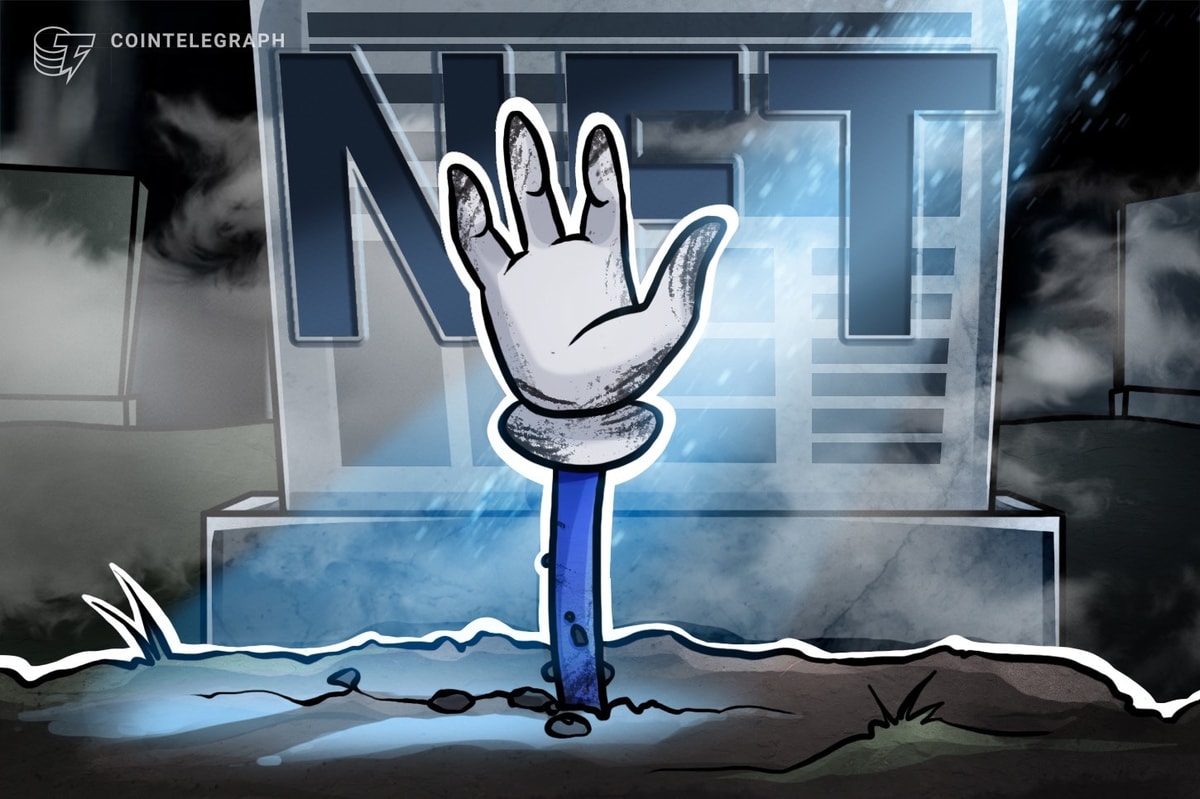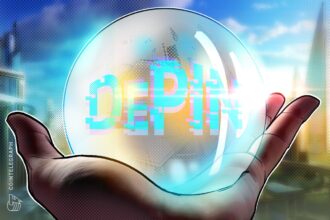DappRadar: Real-World Asset NFTs Key to Revitalizing Lending Sector
Blockchain analytics platform DappRadar indicates that linking real-world assets with non-fungible tokens (NFTs) represents a crucial potential catalyst to reignite the waning NFT lending sector.
According to DappRadar analyst Sara Gherghelas, volumes in the NFT lending market—a mechanism allowing NFT holders to take out loans against their tokens—have plummeted 97% from a peak of approximately $1 billion in January 2024 to just $50 million in May.
Gherghelas outlined in a May 27 report that “for NFT lending to move beyond survival mode,” new catalysts are needed—particularly tokenized real-world assets like real estate or yield-bearing assets that could establish more stable and trusted collateral sources.
She noted, “So far, 2025 hasn’t delivered a compelling reason for NFT lending to bounce back. While the infrastructure remains intact and platforms persist, overall activity has clearly slowed.”
NFT Market Downturn Also Hurts Lending
The lending sector’s decline is intertwined with the broader NFT market downturn. According to DappRadar data, NFT trading volumes fell 61% in the first quarter compared to the previous year, declining from $4.1 billion to $1.5 billion.
Expounding on this correlation, Gherghelas observed, “With collateral value collapsing, the lending activity naturally followed. While some exceptions maintained traction, they weren’t sufficient to lift the sector significantly.”
The analysis reveals further market deterioration: borrower activity has decreased by 90% since last January, while willing lenders have shrunk by 78%. The average loan size has also contracted dramatically from $22,000 in 2022 to approximately $4,000 currently—a 71% reduction.
Average loan duration has similarly decreased from roughly 40 days in 2023 to 31 days, remaining consistent throughout 2024 and early 2025.
Required Sector Evolution
To foster recovery, Gherghelas suggests that NFT lending protocols require “smart infrastructure” enhancements, including improved borrowing tools, undercollateralized loan mechanisms, credit scoring systems, and AI risk matching capabilities.
Compounding the challenges, the protocol landscape has narrowed, with only eight lending platforms maintaining meaningful market share amid a shrinking ecosystem.
Despite the current difficulties, Gherghelas maintains a cautiously optimistic outlook: “The flip-for-liquidity model of bull markets isn’t built for quieter times, but that doesn’t mean NFT lending is finished… Platforms are diversifying, use cases are evolving, and collateral preferences are changing.”
She concludes, “If the next wave builds on utility, culture, and better design, NFT lending might just find its second wind—one built to last.”












